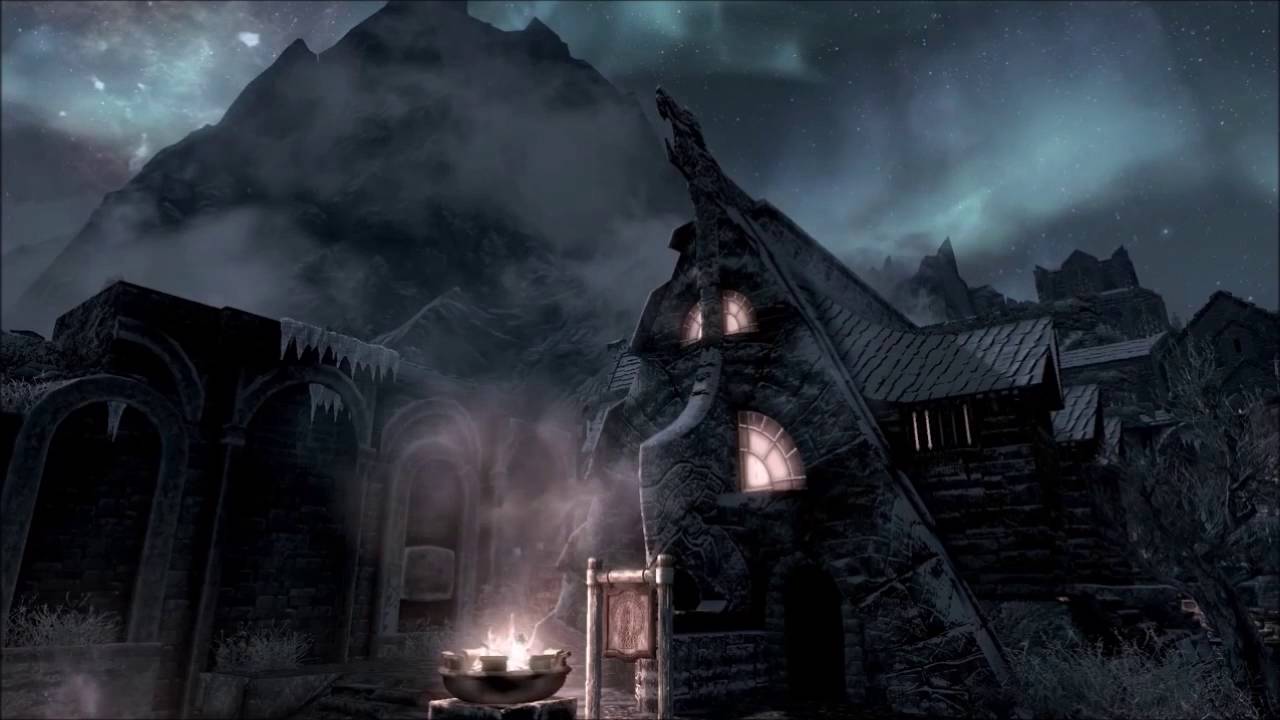
John Goss – Praise My Soul the King of Heaven
John Goss – Praise My Soul the King of Heaven Praise, My Soul, the King of Heaven is a Christian hymn. Its text, which draws from[…]

Chopin – Piano Concerto No. 1 (Allegro Maestoso)
Frédéric Chopin – Piano Concerto No. 1 (Allegro Maestoso) The Piano Concerto No. 1 in E minor, Op. 11, is a piano concerto written by Frederic[…]

Domenico Zipoli – Missa Brevis
Domenico Zipoli – Missa Brevis Domenico Zipoli (17 October 1688 – 2 January 1726) was an Italian Baroque composer who worked and died in Córdoba, in[…]

Kozeluch – Sinfonia Concertante in E flat major
Leopold Kozeluch Leopold Koželuch (Czech pronunciation: [ˈlɛopolt ˈkoʒɛlux], born Jan Antonín Koželuh, alternatively also Leopold Koželuh, Leopold Kotzeluch) (26 June 1747 – 7 May 1818) was[…]

Andriessen – Concerto for organ and orchestra
Hendrik Andriessen Concerto for organ and orchestra For more: http://www.melhoresmusicasclassicas.blogspot.com

Cherubini – Sonata for two Organs in G major
Luigi Cherubini (Italian: 8 or 14 September 1760 – 15 March 1842) was an Italian Classical and Romantic composer. His most significant compositions are operas[…]

Schubert – Octet in F major D 803
Franz Schubert – Octet in F major D 803 The Octet in F major, D. 803 was composed by Franz Schubert in March 1824. It was[…]

Andersen – Ballade et Danse des Sylphes Op. 5
Joachim Andersen – Ballade et Danse des Sylphes Op. 5 Carl Joachim Andersen (April 29, 1847 – May 7, 1909) was a Danish flutist, conductor and[…]

Haydn – Divertimento in A flat major, Hob XVI46
Joseph Haydn – Divertimento in A flat major, Hob XVI46 Divertimento (Italian; from the Italian divertire “to amuse”) is a musical genre, with most of[…]

Mozart – 12 Variations on a French Nursery Theme
Wolfgang Amadeus Mozart – 12 Variations on a French Nursery Theme Twelve Variations on “Ah vous dirai-je, Maman”, K. 265/300e, is a piano composition by Wolfgang[…]